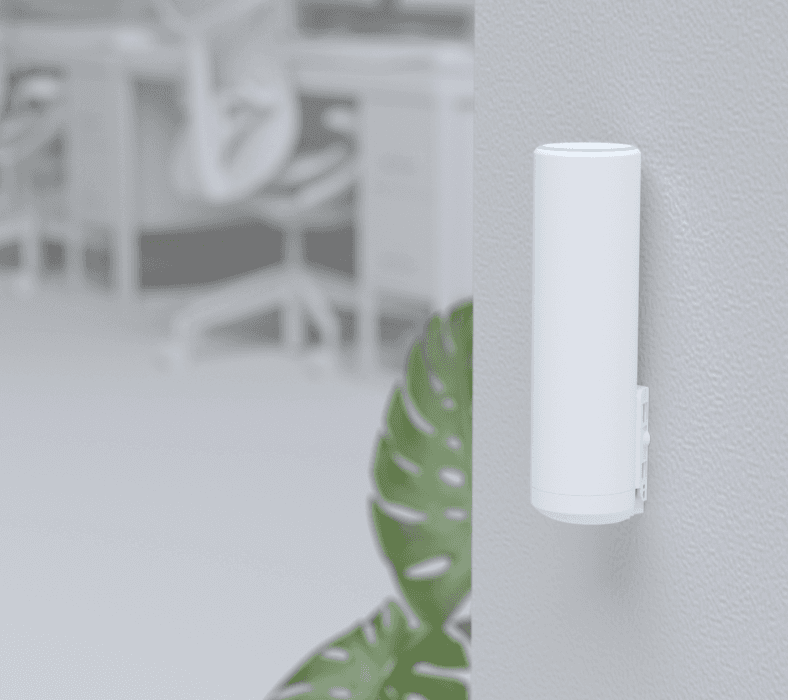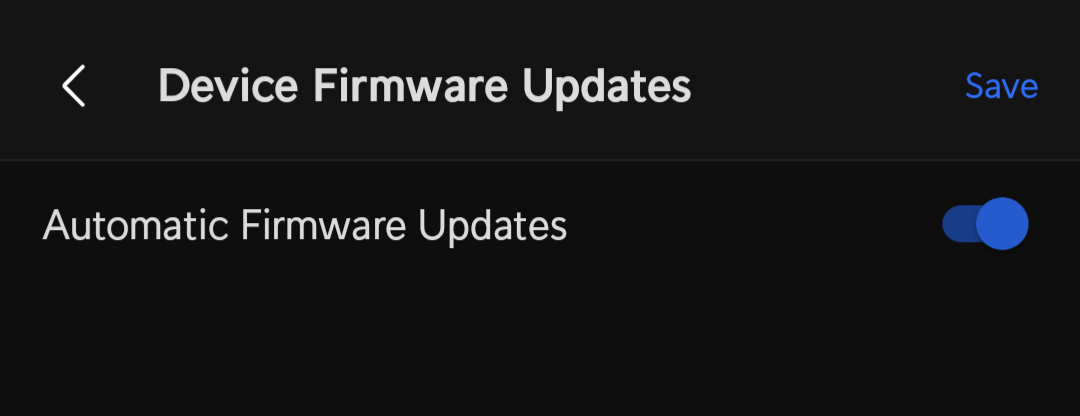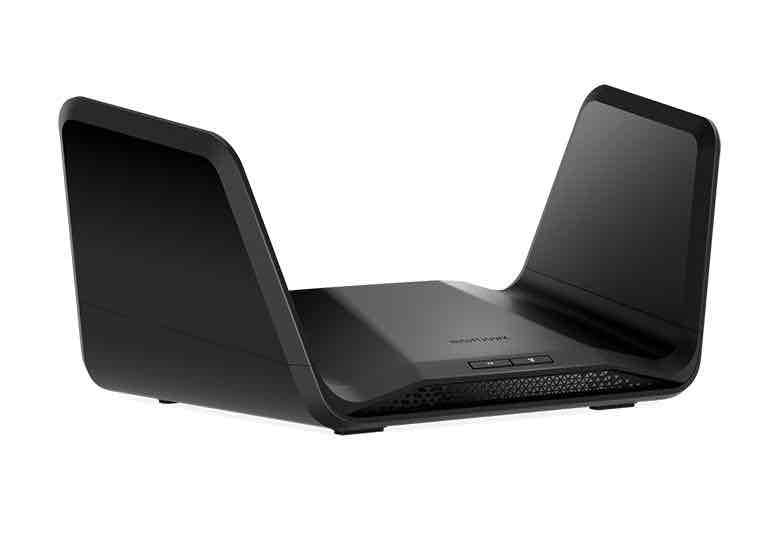Hail Sata full of cables. hollow be thy port.
Thy LAN has run, it will be fun, on the couch as it is up stairs.
Give us this day, our UDP, and forgive us our packet loss, as we forgive those who drop packets meant for us.
hollow be thy port
Cable’s unplugged bro
This is definitely the way
I like the UFO and Coke can designs personally.


This post broight to you by the Unifi crew
Nobody expects the University of Florence!
The AP shaped like a tallboy is a new one for me, actually
Average Ubiquiti enjoyer:
Great if you happen to be or know an electrician, drywall repair expert, and painter. For most of us this isn’t very practical though. I do wish that ceiling router ports were standard on new builds at least and if you didn’t want to use them you could plug in smoke alarms instead.
There’s nothing stopping you from just plopping these on a table somewhere.
The UFO has a pop-out notch on the rim so it can sit flat on a table or wall with a cable running out the side, and the can comes with multiple bottom attachments you can swap out depending on if you want it to rest on a table, be screwed into the side of something, or be mounted on top of a threaded bolt.
I just chose the images that showed the shapes off. It’s not the only way they can be used.
In my apartment my UFO is actually mounted to the little door of the in-wall network box, when the door is closed it points into the main portion of the apartment. Perfectly usable, and for pure speed the desktop is hardwired.
Huh? For most homes this is like, 1 tub of spackle, a sample of paint and a paper towel
Depending on how your home is constructed, installing ceiling mounted access points can be a lot easier than you might think.
Most of these APs are powered by Power over Ethernet, so they only require one cable for both power and data.
My current home is a bungalow, and installing multiple access points only required running some network cable round the loft and drilling a small hole in the ceiling for each AP - which mounts over the hole so it can’t be seen.
Neither.
19" rack mount router and switch supplying PoE to a proper wall mount access point that allows for vlan tagging per ssid.
I’m so done with consumer grade crap. After my WRT54G had to be replaced, nothing quite measured up unless I went for industrial grade hardware.
Consumer grade has taken a nosedive but it’s head and shoulders over what the ISPs give out now.
I had to install a new gateway for my mom the other day, the one supplied by Spectrum. I haven’t looked at or touched one of these things in years, I had no idea what they were like now.
I opened the box, set it up, plugged it in, saw that the only information the display gives customers now are the words “Power” and “Online”, unplugged it, put it back in the box, and told Mom “I love you too much to let this in your home. I’ll buy you a modem.”
I didn’t even get to the part where apparently you have to use an app to change the password, and the admin panel is not truly accessible anymore.
The only eyesore in ly setup is my ISPs router, which is only used as a fiber modem at this point. I tried to probe my ISPs customer service for any info regarding the protocol in use, but I got nowhere with them. One of these days I might fire up wireshark to see how it’s connecting so I can replace it with my own, but that’d involve downtime.
I found out that ISP provided crap can do one thing OK. I have an ISP provided cable modem / router / wifi doing only the cable modem part and bridging the connection to a MikroTik router. Then I have another ISP provided router / wifi only doing the wifi part, again bridged to the MikroTik.
Both the ISP provided boxes were crashing pretty consistently when they were doing routing, firewall, wifi etc. (torrenting with a VPN while watching a 4K stream over wifi would just melt the box) but when they’re only doing one thing they’ve been working fine.
Or go with Unifi. I’d label them “prosumer” gear.
I haven’t used Unifi myself, but from what I’m hering, that’s an apt description.
Yeah, they’re not the best compared to something like an Aruba, but they tend to have a lot of enterprise features that are mostly functional. You just have to play the firmware lottery sometimes with the APs especially. The switches are a bit less finicky. I would never touch their firewalls.
This is what I’m working towards 🥺
I was considering this but I didn’t feel it was worth my time and money. I just bought an asus soho router for $60 and waiting for it to come. Planning on outting openwrt on it and it should perform just fine. I don’t need to cover a huge area at home so I don’t see any issues with it.
Doing a proper network would cost me like $100 for the router and another $100 something for the wap. Not including my time wiring and setting everything up.
I’d imagine it depends on your needs. For the vast majority of people who just need to stream video or play games, a regular ass consumer router is more then enough.
I bought a Cisco enterprise router and switch (2nd hand) - the level of available configuration is great but the noise of the fans started to do my head in. I need to figure out how to get them wired up somewhere I can’t hear them all the time.
There is more than 1 way to get that level on config without having a loud energy hungry rack mounted hw… Pfsense or openwrt are just 2 of them. Drop them on a good arm device or power efficient x86 minipc and u get the best of both worlds. You lose on the seamless updates, but unless you are some high profile or paranoic person, no APT will target that 0 day in your network…
When I bought my house a couple of years ago I decided early on that I want a rack tucked away somewhere. Noise was part of the reason.
I’ve got a rack and PoE ceiling- and wall-mounted access points, but my router is still a TP-Link Archer C7 running OpenWRT.
Got a recommendation? I’d like to have a (cheap-ish) rackmount router running something open-source like OpenWRT or OPNsense, but even “small office”-class stuff that comes in regular metal rectangular chassis is much less than 19" wide and doesn’t come with ears for rack-mounting.
I’m picky with many things, but routers isn’t one of them. I tend to scavenge leftovers at work. Right now I have a Fortigate 101E
I too would not be picky with a free $4,000 router, especially one that doesn’t lock fucking everything down without licensing (thanks Cisco).
Fortigate does have licensing, but that’s only for support, which affects firmware downloads. The company account that I use for those has the last hardware license expiring this april. The hardware will continue to work, but I will have no way of updating it if a security hole were to be discovered.
As far as running license costs go, I have to admit that I kind of like Meraki, even though I am ideologically opposed to hardware subscriptions. It make management of loads of hardware much easier, and when a VPN goes down I can stull teoubleshoot it remotely.
Also, I will concede that the router I use is severe overkill. I could’ve gotten away with much less, but I’d rather rwcycle leftovers from work than see it end up on a trash heap. Ask me how I have so many rack mounted servers.
Ubiquiti’s Unifi and TP-Link’s Omada are certainly trying to edge in on Meraki from the Prosumer level (and not having to pay license fees to unlock hardware you already have is a plus). They both have local control hardware / software too if you don’t trust them with your data.
Fortinet was on my shortlist, along with OPNsense’s prebuilt hardware. Ended up just sticking with Mikrotik and getting 10Gb going for less than half the price though. Might be overkill but sure makes my media server and backups faster. Now if only Windows could actually saturate the link and not struggle to get 5Gb
I miss my old D-Link but I’m not about to start maintaining my own router
-drivers-firmware.I’ve maintained my own LANs for decades and don’t think I’ve ever seen or heard of a router driver. They just have little web servers on them that you log into for your settings.
Sorry I was referring to the firmware on which the router operates. Misuse of industry terms and lingo on my part.
Oh, ok, gotcha. Here’s my instructions for doing it on a Ubiquiti Dream Machine. Not bad at all!

Edit: Ohhhhh, you’re talking about not doing WRT54G on a D-Link again, not not getting some enterprise-grade stuff. I think I’m on the same page now, sorry!
I’ll take the ceiling mounted UFO instead.
That’s technically “rounded soft box” It’s completely round.
Or you could choose one with wings.

This one does have beam forming antennas. I don’t know if that feature helped, but this router works in my long narrow apartment in a congested area where other routers failed.
Isn’t that the Star Wars Imperial shuttle after it’s landed?
That could be the one I was thinking of when I posted. I tried to find an image before posting because I was sure I’d seen a similar looking ship in Star Wars, but my image search skills are lacking.
“Does either model spy on me?”
“Yes.”
“Which one?”
“Yes.”
Can I get the one on the right with four antenna and a black pyramid in the middle? “Ancient Spirits of Ethernet, transform this weak signal… to Wi-Fi, the Ever-Streaming!”
Your description makes me want to have a Stargate shaped one, where the status lights are the dialing symbols around the ring.
Fuck, chevron 4 locked again
Shall the Sphinx of Black Quartz Judge My Vow?
'member when this show was new, and our current technology was still in the realm of sci-fi?
That is as long ago right now as World War II was when that show first aired. 😳
I’ll take one satanic altar please
Serious question: Do the antennas actually make a difference?
Short answer no.
Long answer: Mimo designs benefit from different array configurations with known and well placed antenna spacing. So once you hit “good enough” there isn’t much of a benefit… But the loosy Goosy any direction antennas above the Xtreme routers… No, not at all
deleted by creator
Thank you
Best guess: each antenna is optimized for a different carrier frequency and splitting traffic between antennae allows the designer to use multiple, lower-cost parts on each data stream rather than a single, higher-cost part that can handle one antenna dealing with all the traffic.
It can make a difference, but consumer electronics where the end user has control over the angle of the Antennas likely isn’t precise enough to make use of the potential benefits.
If the antennae were very precisely positioned and had very precise phase offset, the full array could be used to have very tight control over polarization…which really doesn’t matter in a home wifi environment.
OR! It’s just for looks.
Thank you. I love it when I learn shit in meme threads.
Depends if they can be mapped to different channels/frequencies, then it’s possible you get more throughput assuming there isn’t some bottleneck elsewhere. afaik more antennae for the same connection, at essentially the same location, doesn’t make a difference
Thank you
Ironically, it’s the innocent-looking white boxes that are hellspawn devices of pure evil that will wiretap your house, force you into a subscription service and have a 2-year planned obsolescence timebomb in it.
Meanwhile anything that resembles an arachnid will let you do whatever you want, support every imaginable open standard, and work with community firmware that will still be supported a decade later.
So Jehovah’s witnesses vs Satanic Temple?
Jehovah’s witnesses have lasted more then 2 years sadly
Sadly indeed
If they also crawled around my living room floor I would probably buy two and make them fight each other over AP privileges. May the strongest signal win.
I have the satanic modem
I have both. The white soft one is Comcast’s shit forced into bridge mode, and the satanic altar is mine. Had to take their modem/gateway to get unlimited data from them.
Eva from wall-e vs the galactic empire
Like early wifi routers weren’t also stupid looking? I don’t think I have ever had one that fit properly anywhere because of their odd shapes and/or antennae, and I’ve had wifi since 98 or 99.
As an aside: While I was working for a WISP, I came into possession of some older Ubiquity antennas and I used a couple to blast my home network’s wifi across my small town so I could use wifi on my phone pretty much anywhere within 3 miles of my house. Shit was rad as fuck.
I’m not the most knowledgeable about networking hardware.
At what point are those antennas just excessive?
I believe the antennae are for different frequencies. Divide and conquer.
Not mainly
You point them in different directions because the speed is affected in which orientation your receiving antenna is. And with a phone it can be in just about every direction.
Every direction works, but it is just to get the most optimal bandwidth.
In the consumer-grade WiFi router all these antennas are omni-directional.
Unless you see something like this sticking out from your router, there will be no difference if you fold your antennas in a different way.
The only reason these antennas are sticking up from the router body is to lift them above the table surface, so your router will keep working even if you put it onto a metal table.
I think they were more attempting to reference antenna phasing rather than direction. Which can help apparently, but I’ve never seen a difference.
There needs to be way more antennas than six for an effective phase array, and they need to be set at fixed positions, not foldable.
So anyway, most of these antennas are only for better looks. The featureless white plastic box with internal antennas will work just the same, because plastic is transparent to WiFi signal. A spiked black altar of the wireless gods still looks more exciting.
It’s beam forming and this says it calibrates each time so moving the antennas doesn’t matter.
https://www.oreilly.com/library/view/80211ac-a-survival/9781449357702/ch04.html
My Soft Round Box got damaged so I took the case off and now it’s a Cyborg.


















